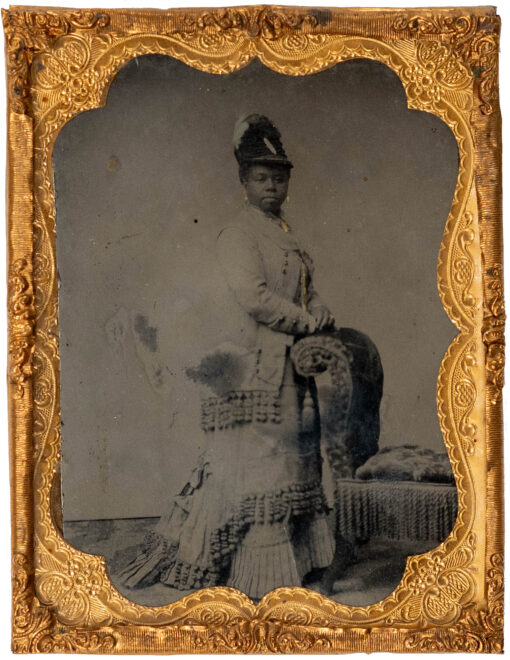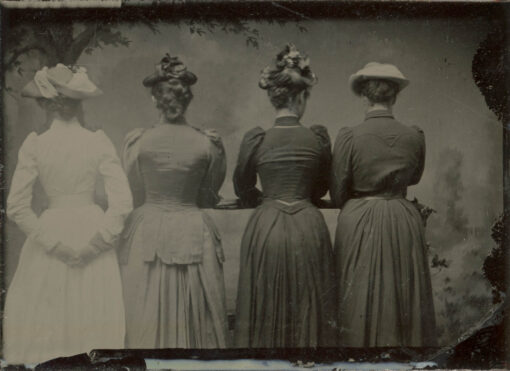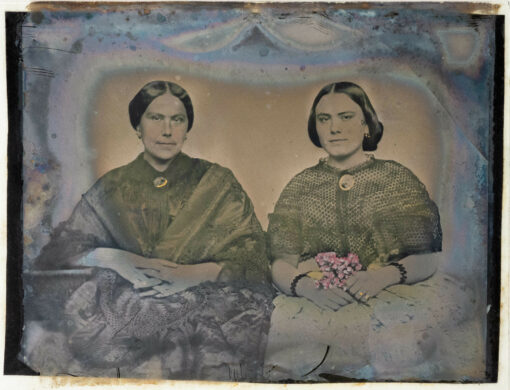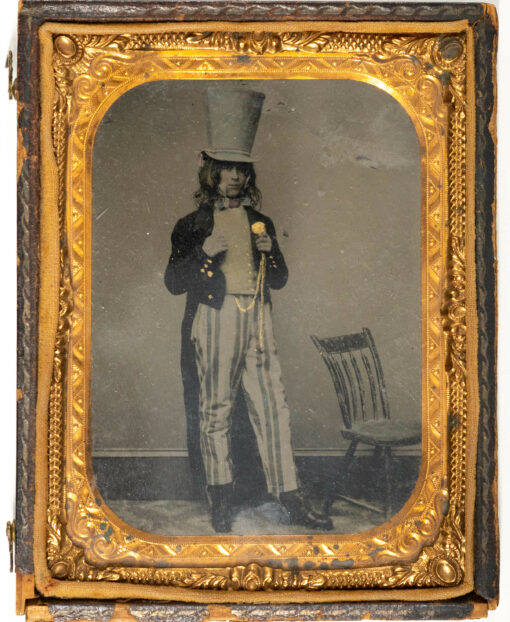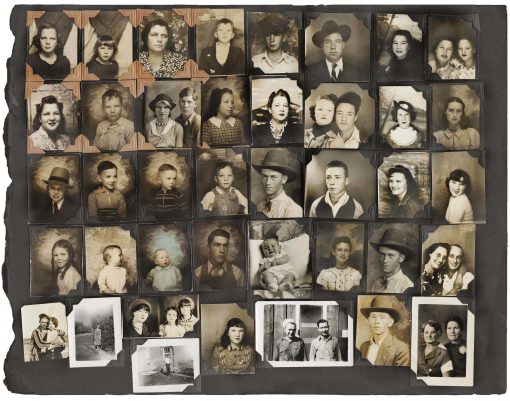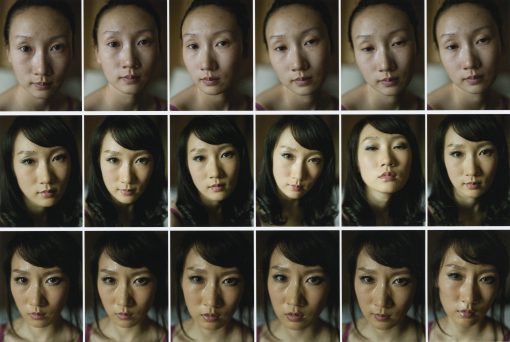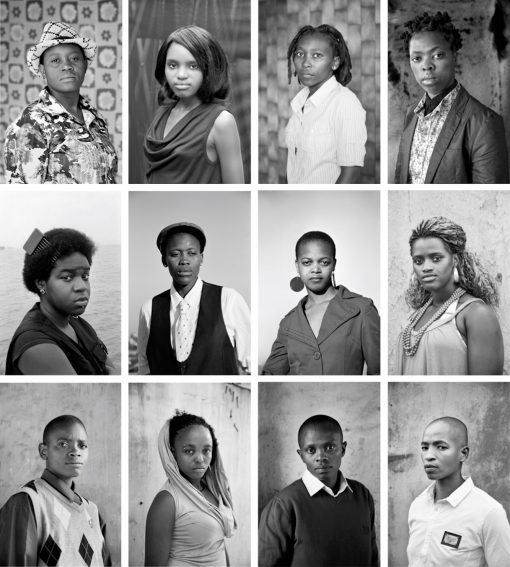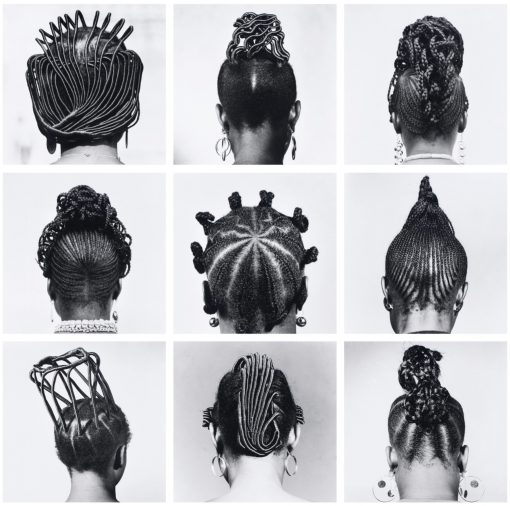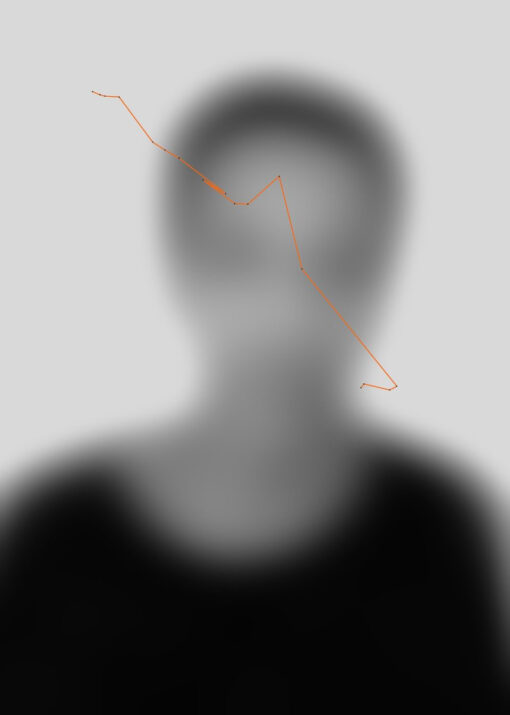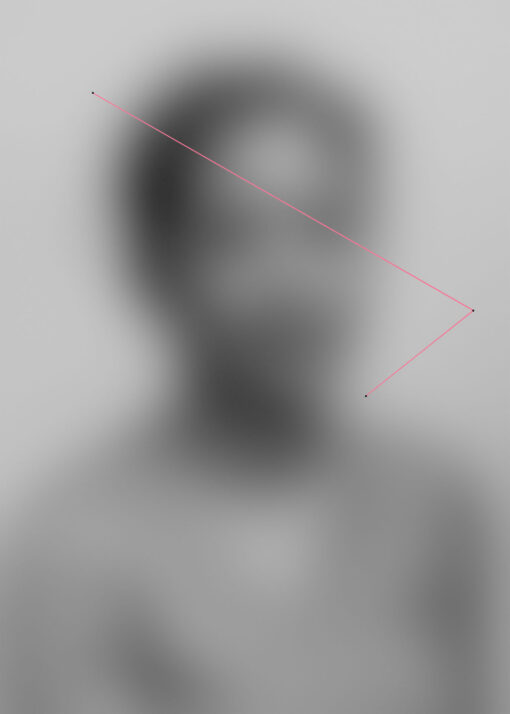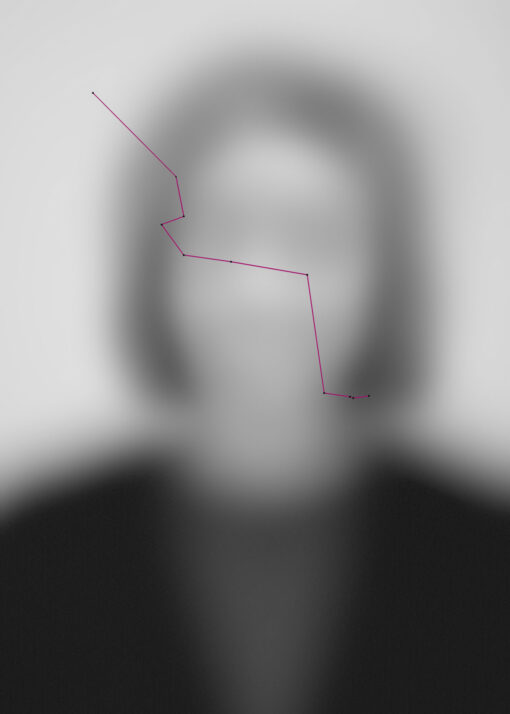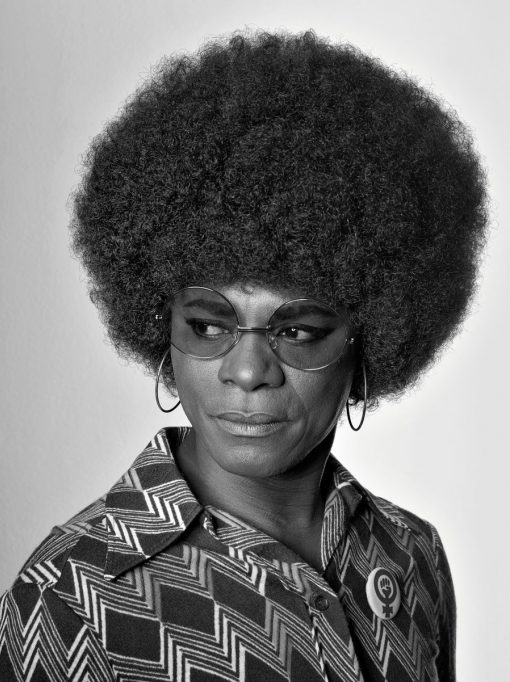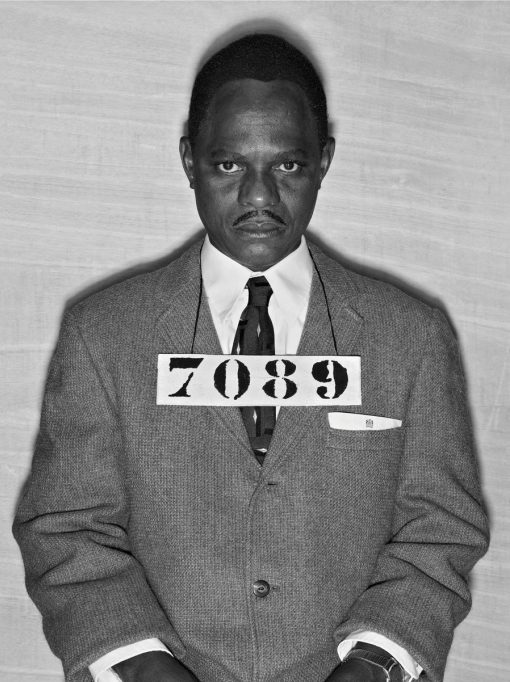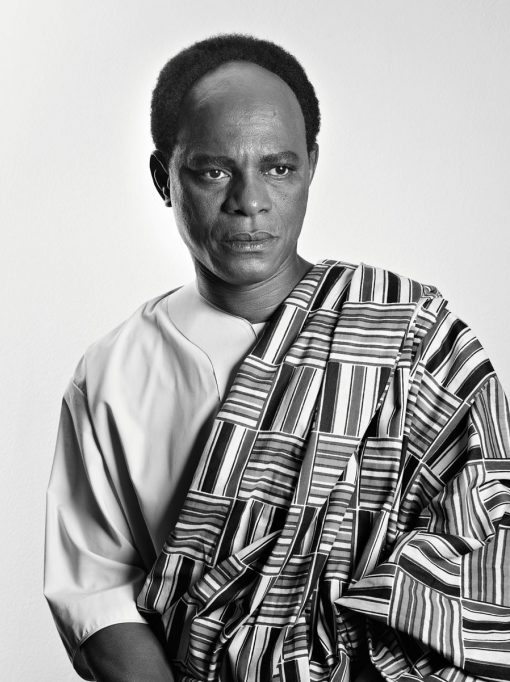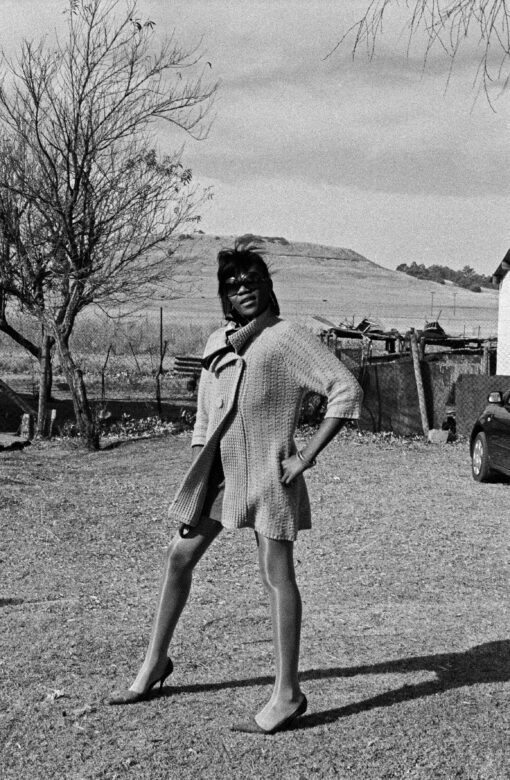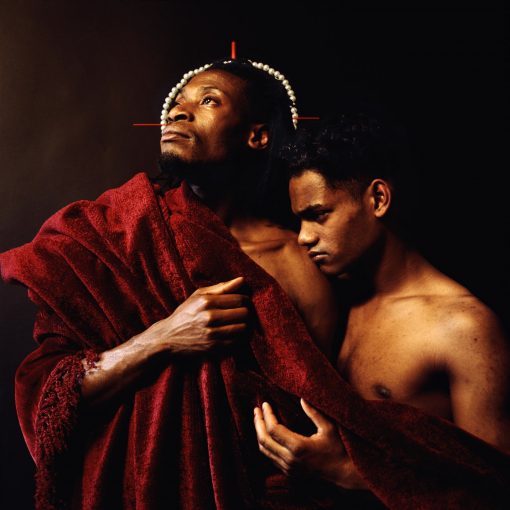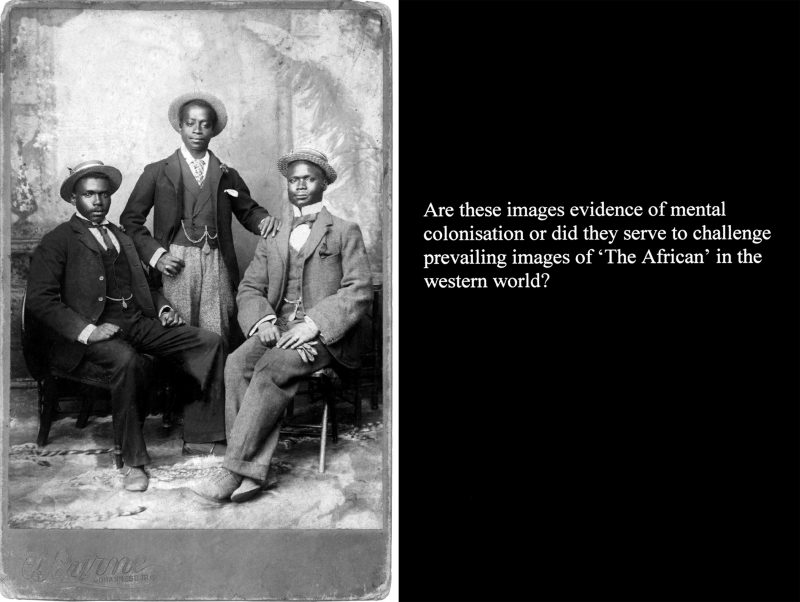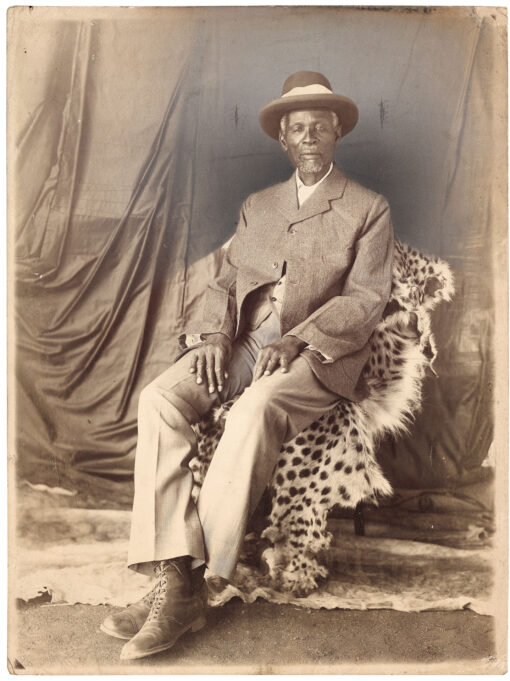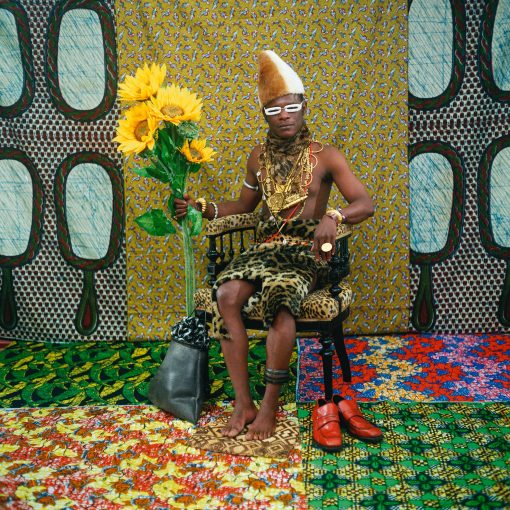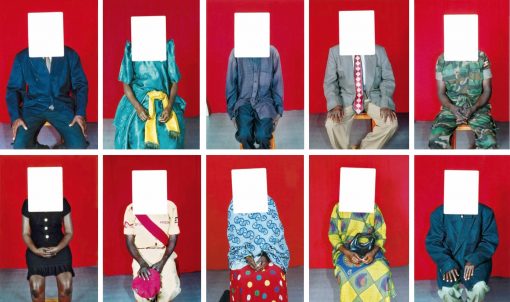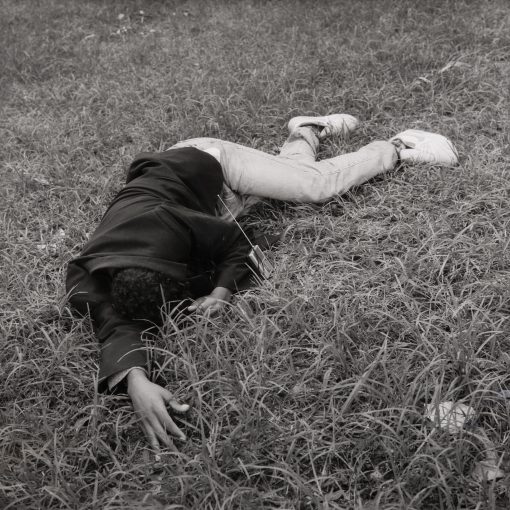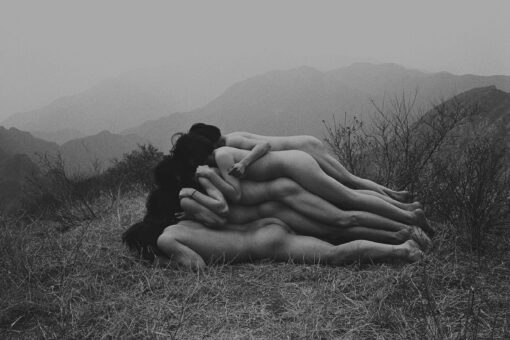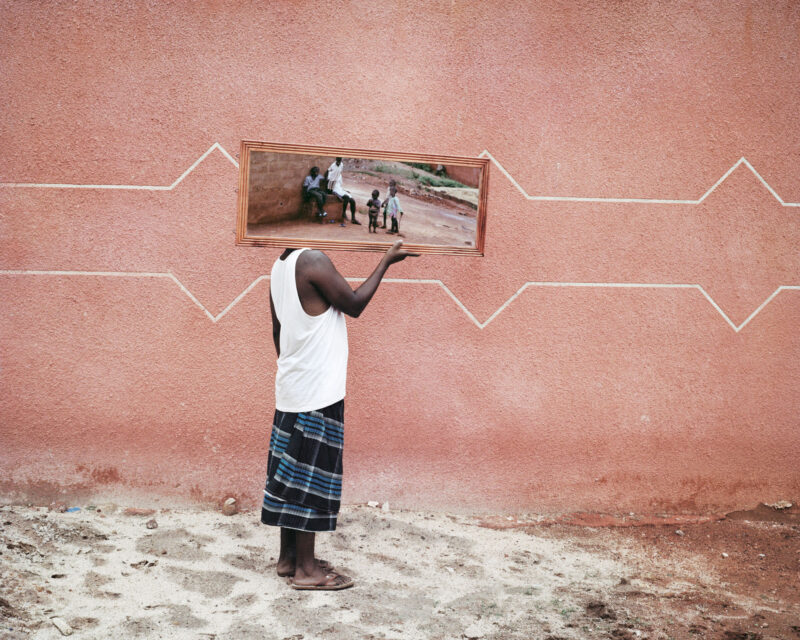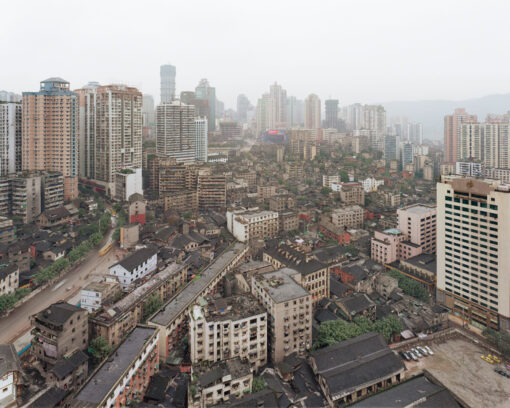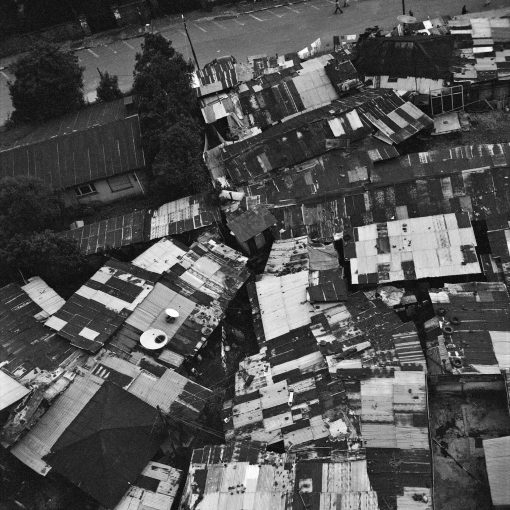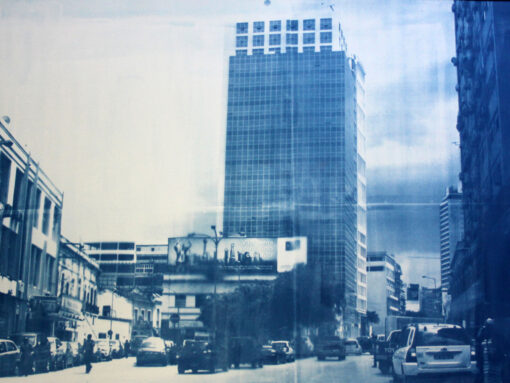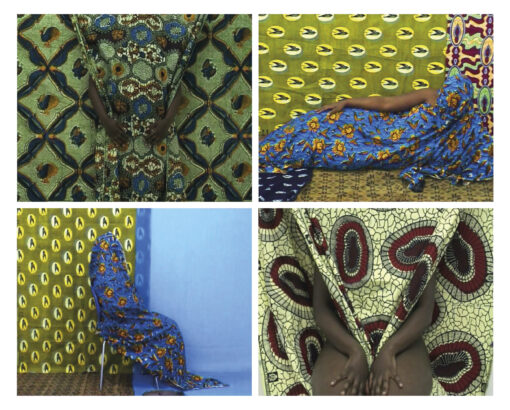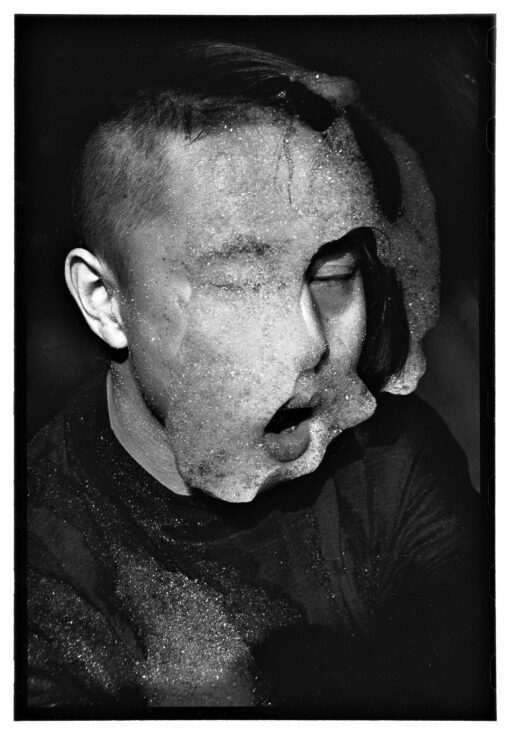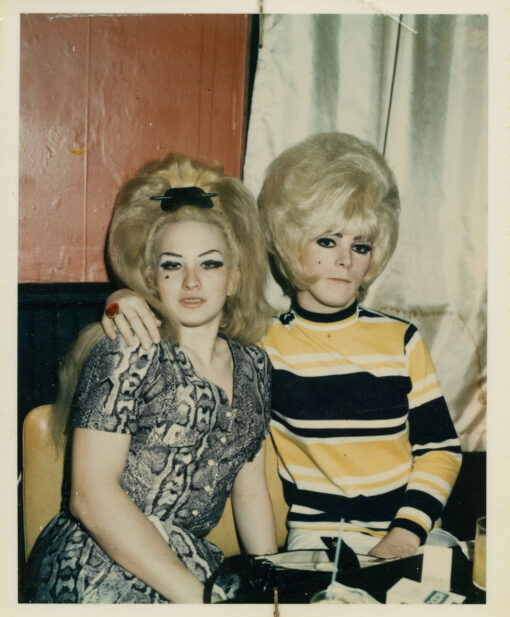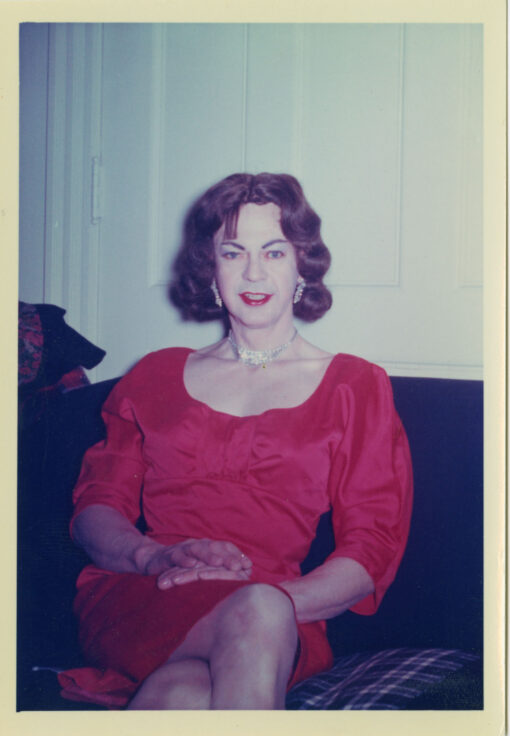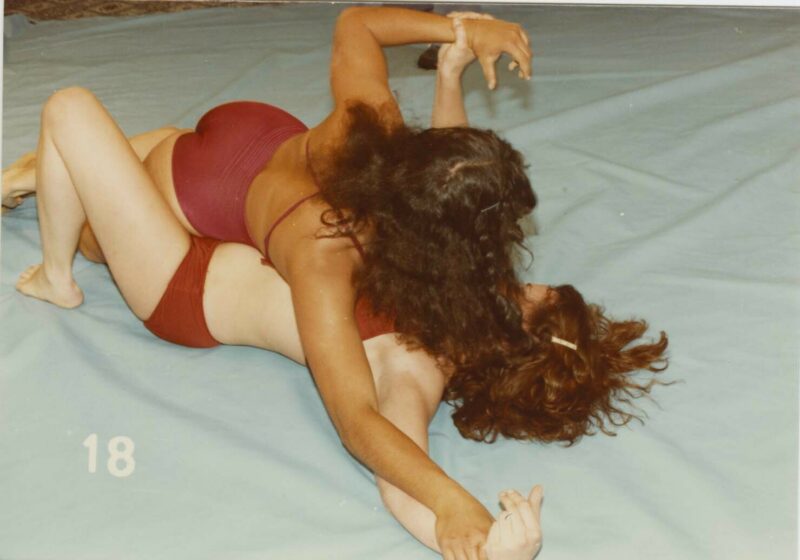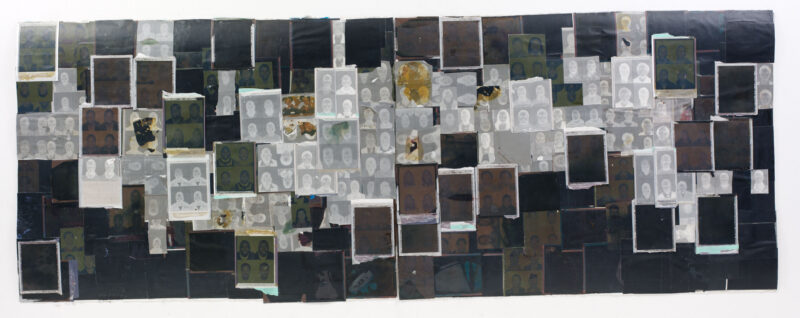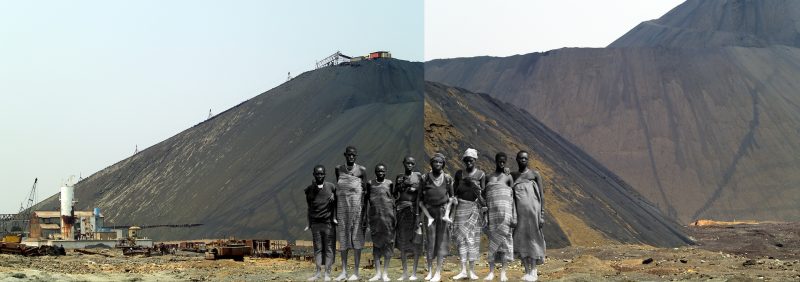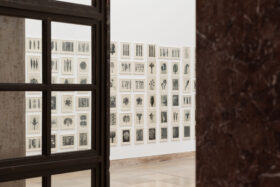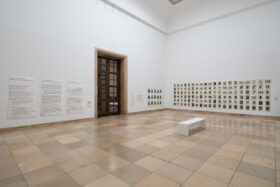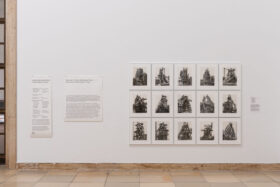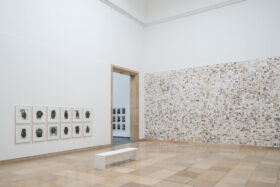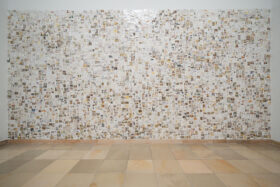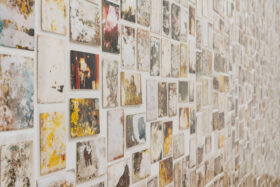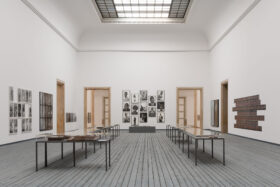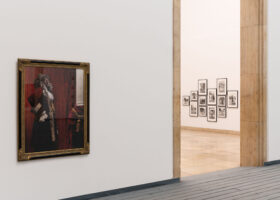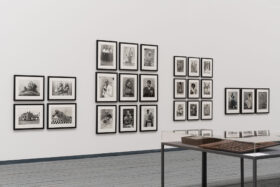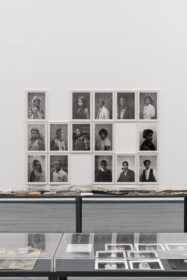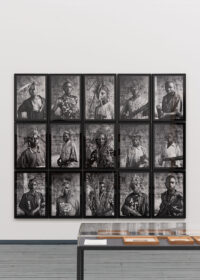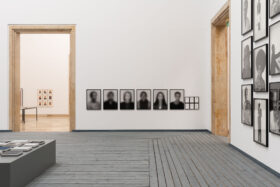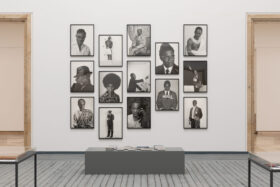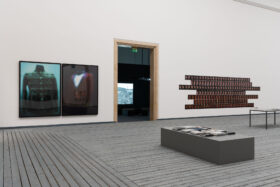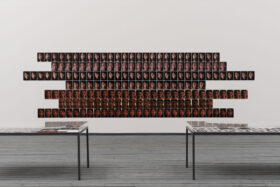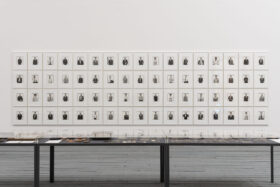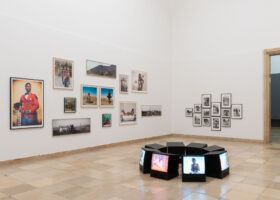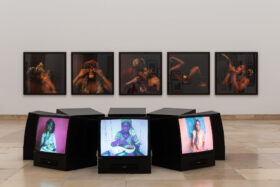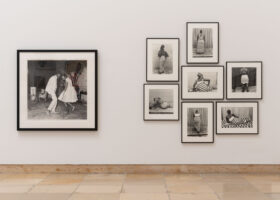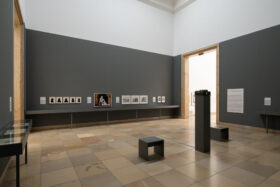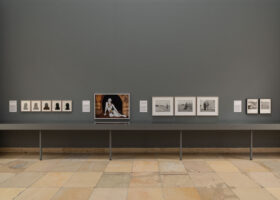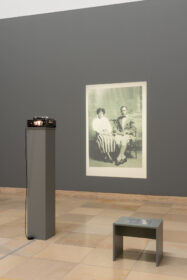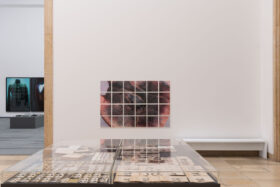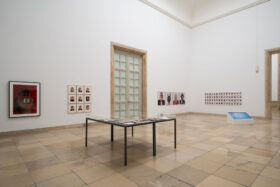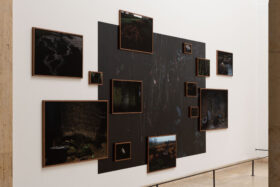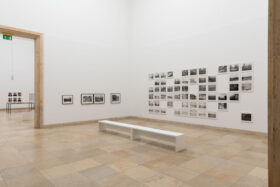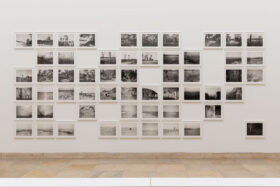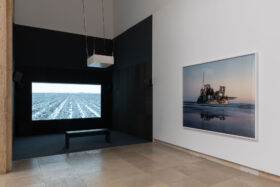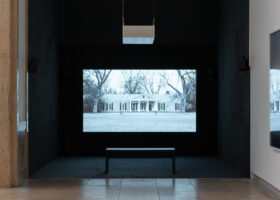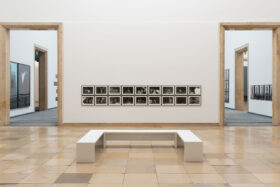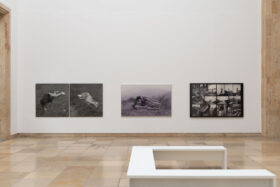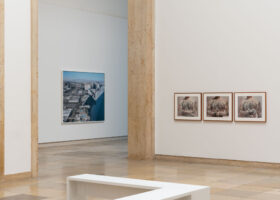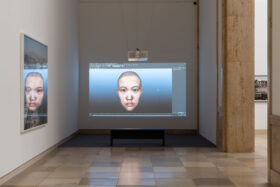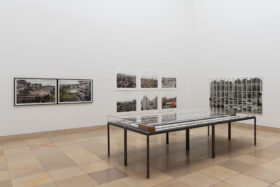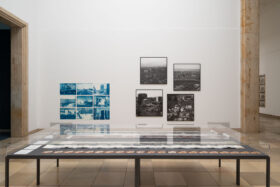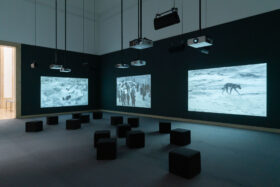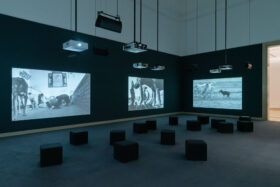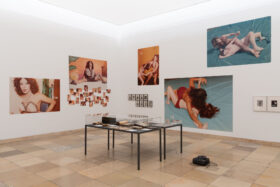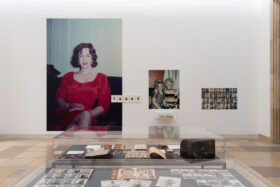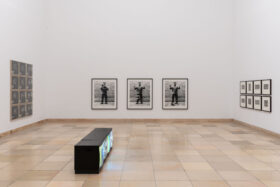Trace - Formations of Likeness
Haus der Kunst, Munich, Germany
April 14 – July 23, 2023
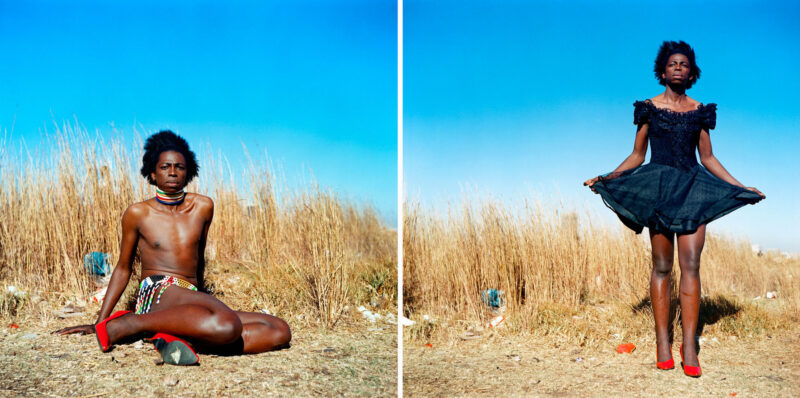
Haus der Kunst, Munich, Germany
April 14 – July 23, 2023
The Walther Collection is pleased to present its first major survey exhibition in Germany at Haus der Kunst in Munich. Drawing on all aspects of the Collection, this expansive exhibition showcases more than 3000 artworks across 12 themed gallery rooms, including comprehensive bodies of work and site-specific installations by a diverse group of artists from a wide range of cultural backgrounds—as well as archival, documentary and vernacular photographs from the last three centuries. As such, the exhibition offers a rich global context to reflect on the divergent trajectories of photography and lens-based media, past and present. Collectively, the artists and photographic image archives exhibited demonstrate the medium’s capacity as both an instrument for empowerment and formation of the self, as well as its complex uses as a tool for control and subjugation since its formation in the nineteenth century. Many works on display are exhibited by the Collection for the first time, including rare daguerreotypes, hand-colored tintype portraits and photographic albums, alongside several new contemporary acquisitions.
"The program at Haus der Kunst is focused on transdisciplinary approaches, transnational outlooks, collaborative making, re-evaluations of histories, and the presentation of work by emerging artists and by trailblazers from the recent past. The major group exhibition "Trace-Formations of Likeness" knits these various threads together." - Andrea Lissoni, Artistic Director Haus der Kunst
Examining how photographers across a range of cultures have deployed portraiture as an apparatus for critical investigation throughout the history of the medium, Trace visualises the political and cultural factors that shape individual and collective subjectivities, with a particular focus on the relation between (self-)representation and social constructions of identity. This thematically and conceptually grounded approach has guided the formation of The Walther Collection from the very beginning, and has been publicly articulated through the curatorial framework established for its inaugural exhibition by the late Okwui Enwezor (1963–2019), preeminent curator, scholar, thinker, and former Haus der Kunst director.
“As with previous exhibitions curated from the Collection, "Trace—Formations of Likeness" deploys a bold conceptual approach that highlights the different ways in which subjectivity and social identity can be shaped and regarded. The project illustrates the continued efforts of The Walther Collection to critically consider the history of photography beyond conventional temporal, cultural, and geographic boundaries.” – Artur Walther
Created in commercial photographic ateliers and private home studios, in rural and urban settings, as fine art or documentary record, or personal memento, the disposition of the figure dominates the artworks assembled in ‘Trace’ where different modes of creating likenesses through photographic portraiture converse openly—from the advent of the medium’s birth in the Victorian era to contemporary street and studio portraiture today. Using varied methods and techniques, these portraits interrogate the myriad possibilities, and challenges, posed by photography’s representational politics, often mediated through the expressive geography of the human face.
The core focus exhibition ''Trace-Formations of Likeness” is portrait photography—of people, objects, and places—and the tracing of societal transformation across geographic spaces and contrasting socio-political and cultural landscapes. The photographic portrait is deployed as a means to shape identity, to advocate for social change and as a subversive strategy for visibility, often through an intimate investigation of politics of memory, history, and embodiment. The portraits on display range from Zanele Muholi's visual activism with its powerful presentation of Black lesbians, bisexual women and transmen of the South African LGBTQ+ community to Accra Shepp's pivotal series of Occupy Wall Street protesters revolting against social and economic inequality in the streets of New York City, to Zhang Huan's documentation of his provocative performances in which the human face is transformed into a theatrical canvas expressing cultural belonging.
Bringing together artistic practices that are focused on the making of images, the substantial breadth and dialogical scope of the exhibition, which encompasses works from the last three centuries and artists from Africa, America, Europe, and Asia, enables audiences to consider not only the parallel histories of the medium, but for its materiality and serial structures to be revealed and drawn into question.
As reflected throughout the show, principles of taxonomy constitute a fundamental aspect of The Walther Collection’s holdings, demonstrated in the work of several artists who have strategically deployed photography as a structural and conceptual tool to categorize, document and preserve ‘likeness’—emphasizing the medium’s organizing capacities, rather than focusing on singular pictorial moments. Operating across different geographies and temporalities—from J.D. ‘Okhai Ojeikere in 1960s Nigeria, Bernd and Hilla Becher between in post-war Germany to Munemasa Takahashi in 2010s Japan—they transform individual representations into systematic communal image repertoires, often through the prism of social and personal identity.
Openly conversing with the complexities of past visual archives and their inherent power dynamics, questions of agency and visibility, spirituality and sexuality, oppression and liberation are investigated, activated, and inhabited: the body appears as a contested site for the reconfiguration—and mapping—of difference, through subversive gender queering, defiant acts of reclamation, communal and individual resistance, and making visible.
Dialogues between late nineteenth and early twentieth century ethnographic photography, and critical engagements with its complicated image archive, are the subject of several galleries. Shown in tandem with more recent artworks that confront the colonial African image archive, these displays raise complex, and at times provocative, questions about the historical uses of photography, and the multitudinous fictions that underpin it. This critical visual enquiry is exemplified in Santu Mofokeng’s seminal slide projection The Black Photo Album/Look at Me: 1890–1950, bringing into sharp focus the nature of representation, counter-archival practices and politics of the photographic gaze.
In another dialogic display, photographic portraits are mobilised to illustrate complex politics of identity and identification as ongoing sociopolitical photographic processes, routinely controlled by the state – modes to which contemporary image-makers respond with poignant artistic interventions, creatively interrogating the conventions of the genre—for instance, through faceless and inverted identity photographs as seen in Martina Bacigalupo’s Real Art Studio or Kay Hassan’s work.
Elsewhere, the exhibited artworks serve as testaments to collective memories, ideologies, and histories inscribed in the landscape: environments are irrevocably shaped by human actions, both past and present. They serve as points of departure for vigorous visual enquires that probe the continual reverberations of violations manifesting on the land—of warfare, civil war, apartheid regimes, displacements, mineral extraction or modern-day energy production.
In other galleries the distinct ways in which artists engage, and place, the human body in relation to the topography of the land are explored, situated strategically or arbitrarily within the natural environment, where symbiotic representations of bodies and landscapes register as at once serene and disquieting, transgressive and displaced.
“Diverse bodies—resting, coupling, transgressing—migrating, performing, embodying—manifest as active presences and potent interlocutors in distinctive landscapes or frameworks where human agency is visualized through the artists’ conceptually disposed lenses: activating photography’s unique capacity to document, expose and preserve time-based actions and presences, staged against different layers of sociocultural fabrics and geographical contexts. The body appears as canvas, collectively and individually inscribed, both gendered and androgynous. In each room, the exhibition taps into photography’s unique ability to act as a potent time capsule, transporting viewers into divergent artistic spheres through fluctuating curatorial temperatures.” – Renée Mussai
With the city’s dense urban structures and human-made environments in focus, the social economy of the public sphere is depicted through a range of methodical aesthetic strategies by several artists responding to periods of intense political and economic expansion in Africa, Japan, China, and the US – both straightforward and conceptual recordings of physical structures and communal sites, exposing the socio-political underpinnings of the artists’ meticulous mapping of the built environment.
In a dedicated room display, Yang Fudong’s seminal multi-channel film installation East of Que Village offers a profound meditation on the existential conditions of contemporary Chinese life through a dystopian lens. Investigations of the body and societal concepts of selfhood are expressed through serial performance-based photography and movement studies by several artists working in photography and moving image: here, ephemerality, sequential mark-making, and cultural be/longing are evoked in a diverse range of works, from Eadweard Muybridge’s seminal photographic studies of figures in motion in the late nineteenth century to Ai Weiwei’s formulaic act of iconoclastic destruction, or autoethnographic documentation of Chinese subculture and avantgarde performance art by RongRong and Grace Ndiritu‘s evocative staging of her own body draped in wax-printed textiles.
Alongside critical fine art and documentary practice, ‘Trace’ features a range of ambiguous vernacular image repertoires made by amateur photographers—many of them anonymous—showcasing intriguing examples of photographic representations that reinforce or subvert prevailing roles of gender, identity, and sexuality. Through role-playing, transvestism, nudity, mimicry, and other acts of queering social norms, the conventions of portraiture are routinely manipulated by both photographers and their subjects. Here, images of cross-dressing, gendered wrestling, ritualistic body styling, or non-binary transsexuality present a powerful provocation to patriarchal institutions of domesticity, surveillance, and censorship, highlighting the discrepancies between the public and private performance of identities.
With works by Ai Weiwei, Jane Alexander, Dieter Appelt, Richard Avedon, Martina Bacigalupo, Sammy Baloji, Yto Barrada, Bernd & Hilla Becher, Bruce Bellas, Jodi Bieber, Karl Blossfeldt, Candice Breitz, Cang Xin, Edson Chagas, Kudzanai Chiurai, Mitch Epstein, Em’kal Eyongakpa, Rotimi Fani-Kayode, Samuel Fosso, David Goldblatt, A.M. Duggan-Cronin, Kay Hassan, Hong Hao, Huang Yan, Pieter Hugo, Délio Jasse, Seydou Keïta, Lebohang Kganye, Shohachi Kimura, Sze Tsung Nicolás Leong, Lin Tianmiao, Lu Yang, Luo Yongjin, Ma Liuming, Mike Mandel, Christine Meisner, Bob Mizer, Sabelo Mlangeni, Santu Mofokeng, S.J. Moodley, Zanele Muholi, Eadweard Muybridge, Grace Ndiritu, J.D. ‘Okhai Ojeikere, Adolfo Patiño, Dawit L. Petros, Jo Ractliffe, RongRong, Thomas Ruff, Edward Ruscha, August Sander, Zina Saro-Wiwa, Berni Searle, Sheng Qi, Accra Shepp, Yinka Shonibare, Malick Sidibé, Aida Silvestri, Penny Siopis, Song Dong, Yoshikazu Suzuki, Munemasa Takahashi, Michael Tsegaye, Guy Tillim, Hentie van der Merwe, Sue Williamson, Yang Fudong, Zhang Huan, Xu Yong, Kohei Yoshiyuki, and others, as well as anonymous artists and unknown photographers.
Curated by Anna Schneider with Hanns Lennart Wiesner, Haus der Kunst.
The exhibition was developed in close collaboration with The Walther Collection, and curatorially advised by Renée Mussai.
Haus der Kunst
Prinzregentenstraße 1
80538 Munich
Ein wunderbarer Videobeitrag über die beiden aktuellen Ausstellungen der Walther Collection: "Trace - Formations of Likeness" im Haus der Kunst München und "Beyond the binary"/"Seite an Seite - Santu Mofokeng und David Goldblatt" in den eigenen Museumswänden in Burlafingen.
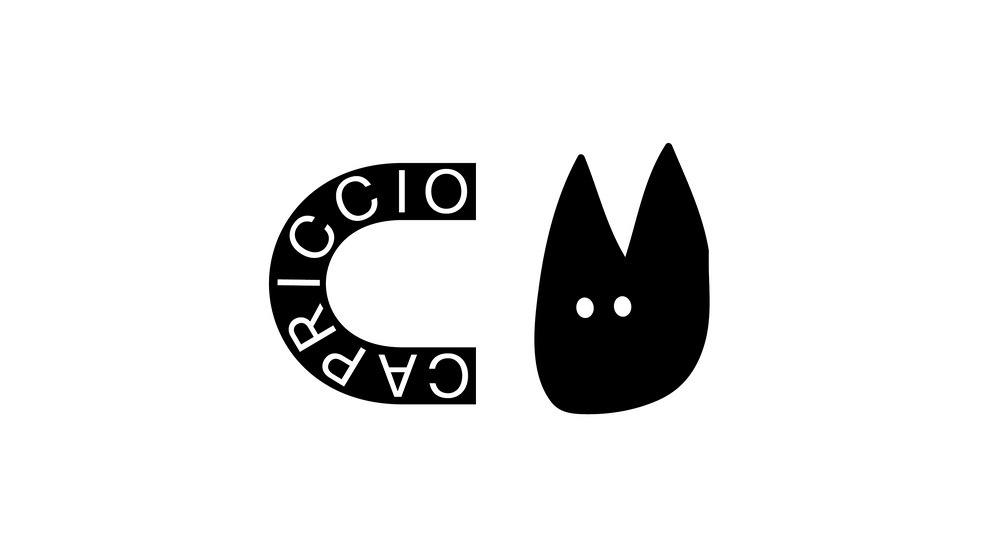
"Trace" versucht anhand von Aufnahmen von Menschen, Orten und Objekten den gesellschaftlichen Wandel in unterschiedlichen geografischen, soziopolitischen und kulturellen Räumen nachzuzeichnen.
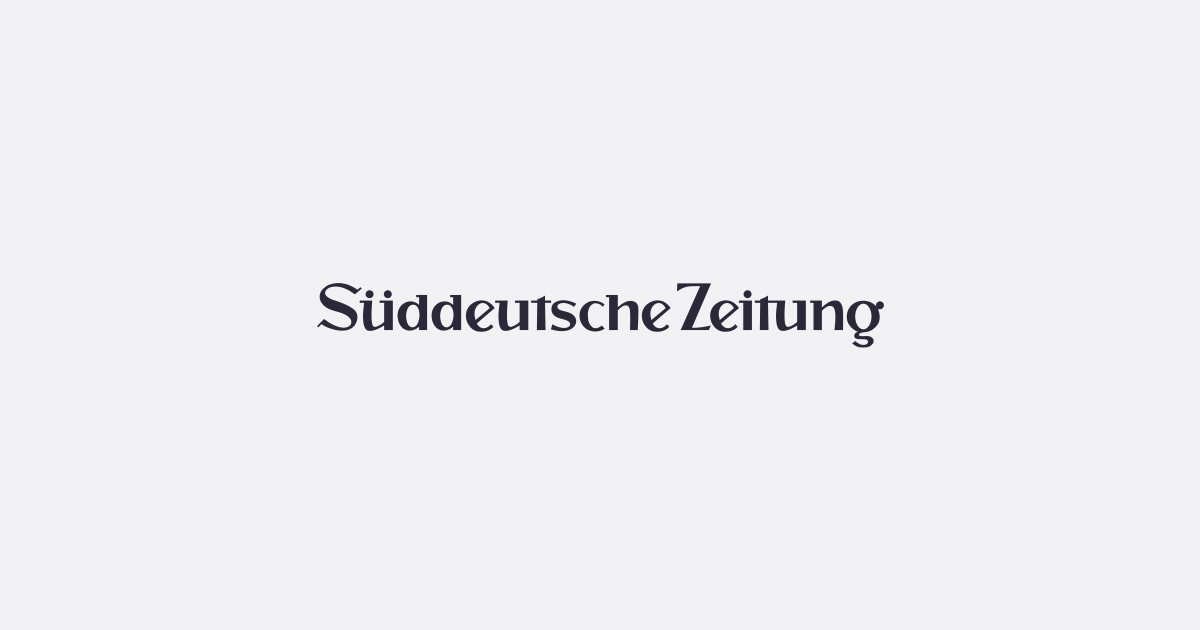
Kürzlich hat Artur Walther seine bis dato größte Ausstellung im Haus der Kunst in München eröffnet: rund 3.000 Fotografien und Videos von Künstlerinnen und Künstlern aus vier Kontinenten: Es ist ein Querschnitt durch die beeindruckende Sammlung und zugleich ein Streifzug durch die Geschichte der Fotografie im globalen Kontext.

Umfassend wie nie im Münchner Haus der Kunst, konzentriert auf dem Campus in Burlafingen: Die neuen Ausstellungen „Traces“ und „Seite an Seite“ zeigen die Breite, Tiefe und Qualität der Walther Collection.

This guest brings a lot of excitement: The Walther Collection is making a stop at the Haus der Kunst in Munich with its photographs and video works.
